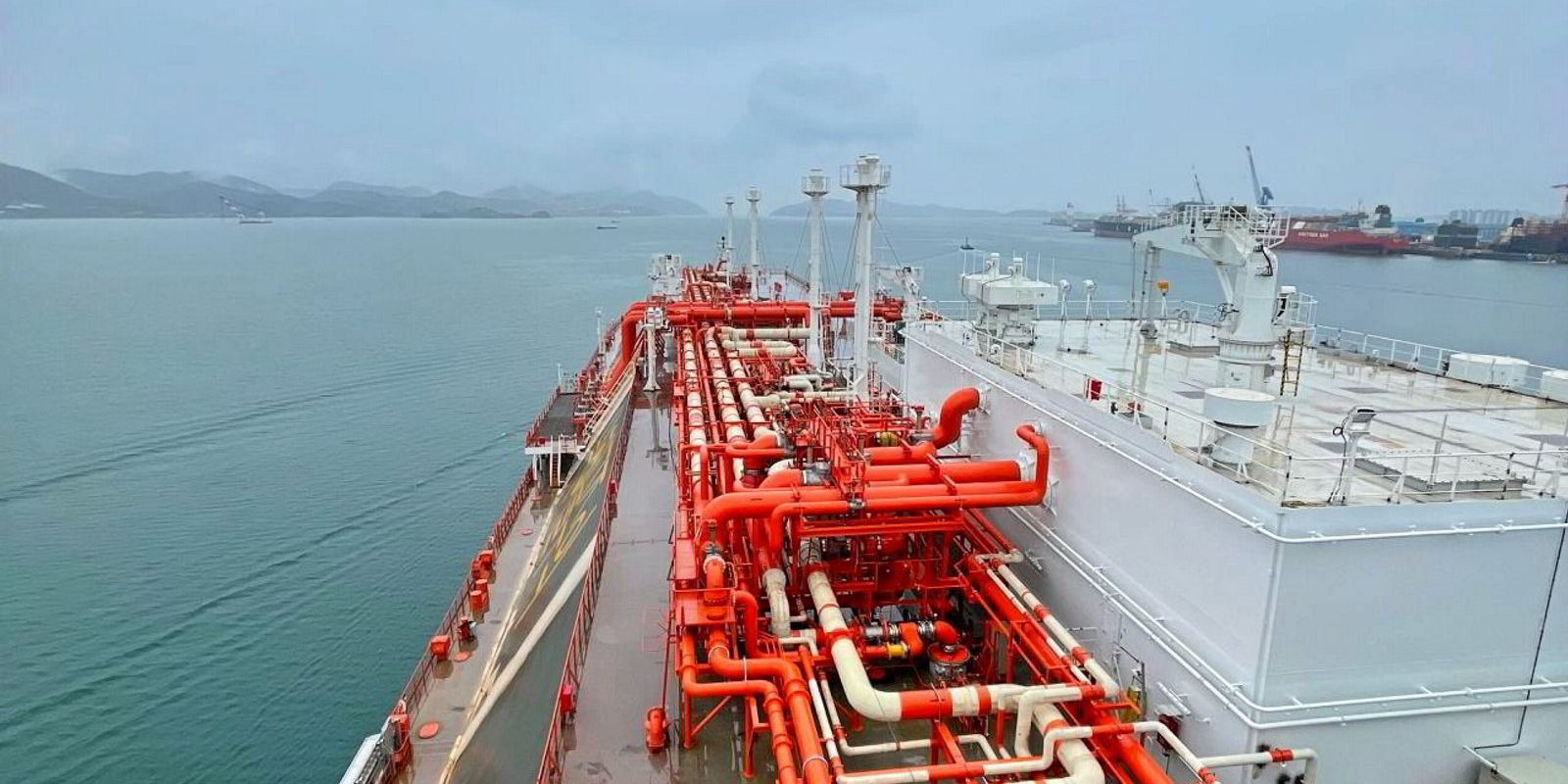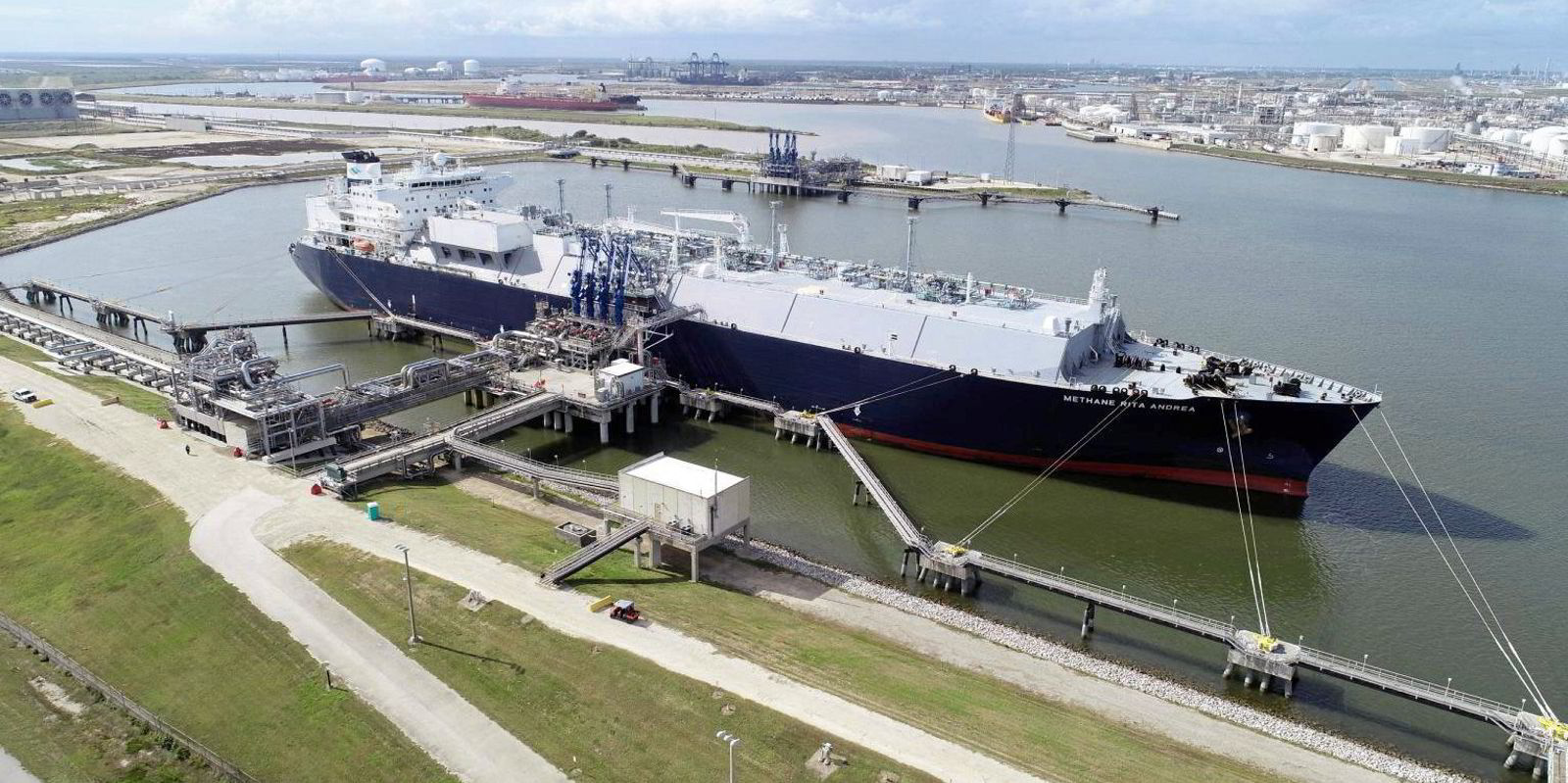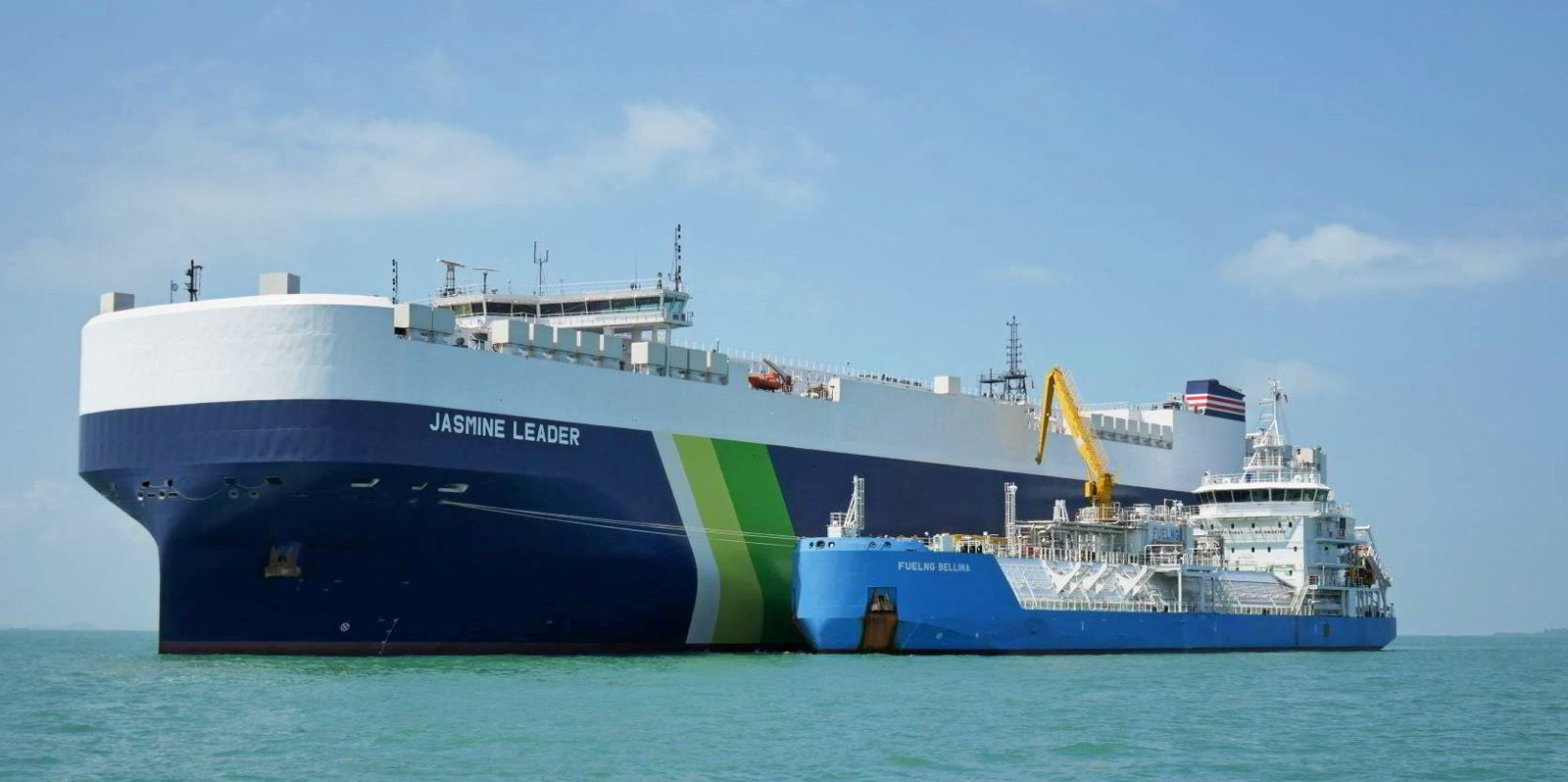Around 30 LNG carrier newbuildings delivering until the end of 2027 remained uncommitted for charter business at the end of the first quarter of this year, according to shipbroker Howe Robinson Partners.
In its LNG desk’s first Quarterly Market Review of 2023, the broker said tenders are “ongoing” for LNG vessels with delivery dates in 2026 and particularly into 2027, which could remove some of the two-stroke tonnage from this list of currently open ships.
Howe Robinson said the LNG orderbook is now concentrated on berths for vessels delivering in 2027, with “very few available slots remaining”.
The broker — it now boasts an LNG desk of 13 people in London, Singapore, India, Spain and the US — said 40 optional berths are being held for QatarEnergy’s project, with “a further number” held in South Korea and China for other parties.
It noted the 17 slots that remain reserved for the TotalEnergies-led Mozambique LNG project are for delivery dates spanning 2027 and 2028, and said these are not likely to be confirmed until the middle of the year.
According to Howe Robinson’s figures, eight LNG carriers — including one Medmax-size vessel — were delivered in the first quarter of this year.
These included the first LNG carrier with a new lower-emission-producing ME-GA propulsion system — the JP Morgan-controlled 174,000-cbm LNG Prosperity — that is chartered on a term basis to energy major Shell.
A further 12 vessels are scheduled for handover between April and the end of June, but at least eight of these will be LNG bunkering or small-scale ships.
Looking at term charter rates for the first quarter, Howe Robinson said “head owners” — which it defines as the listed owner of a vessel — pushed for longer charter hire periods during the quarter.
The broker said this pushed up shorter and midterm rates, which then attracted those with tonnage to sublet. It noted a rise in shorter-term sublets of one to two years on the back of this.
But in addition, it said tenders have also been issued for longer periods during the quarter to match with the sale-and-purchase contracts on LNG that have been signed.
Howe Robinson said the number of period charters as a proportion of fixtures remains high, compared to previous years.
“With few vessels coming open from head owners over the coming year and a bullish mentality, longer-term charters were being negotiated,” it said, adding that the majority of tonnage from these owners has been fixed out for 2023.
Howe Robinson also noted what it described as the “seasonal fall in chartering interest consequent softening” of spot rates during the first three months of 2023. However, it said these have remained above levels historically seen at this time of year.
“We have not seen the characteristic shift away from two-way economics, usually seen in late Q1, with ballast bonus fuel and hire remaining at 100%,” the broker said.
Howe Robinson detailed that two final investment decisions (FIDs) on new liquefaction projects — Venture Globals’ Plaquemines Phase 2 and Sempra Energy-backed Port Arthur Phase 1 — were taken during the first quarter.
It flagged up a further 10 projects totalling nearly 83 million tonnes per annum of LNG production that it expects FIDs to be taken in 2023. Three of these are floating LNG production developments.






